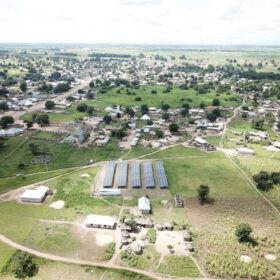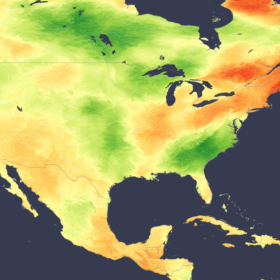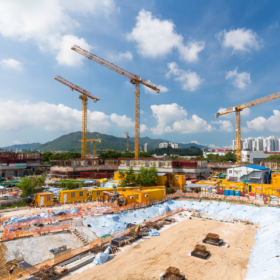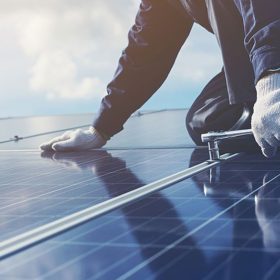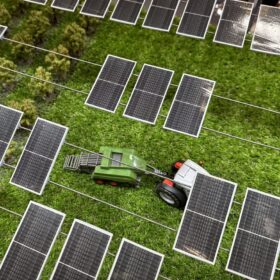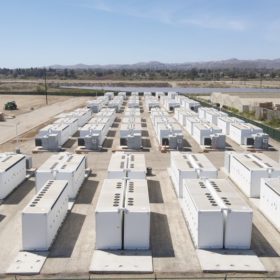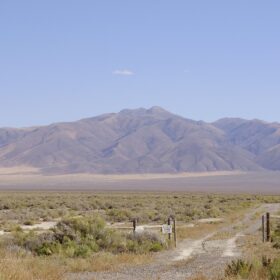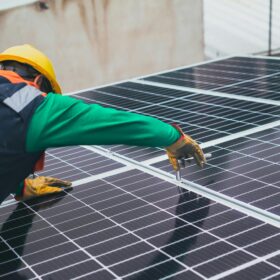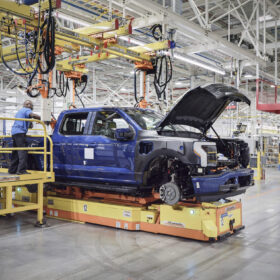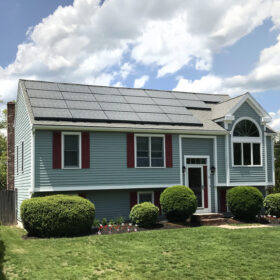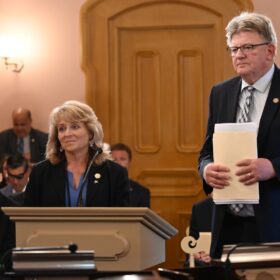Digital transformation in off-grid solar: A comprehensive roadmap for practitioners
As off-grid solar systems expand to serve remote and underserved communities worldwide, digitalization has become a crucial need for efficient project development, implementation, and long-term sustainability. A new report from IEA PVPS Task 18 systematically explores digital tools across the entire off-grid energy project value chain, providing much-needed guidance for practitioners looking to optimize their operations.
Solar production falls in U.S. Midwest, Southeast amid wildfires and hurricanes
In a new weekly update for pv magazine, Solcast, a DNV company, reports that fire and storm activity across North America shaped solar conditions during August, with irradiance down in central and eastern regions but above average in the northeast.
Navigating One Big Beautiful Bill and tariffs in U.S. solar PV and storage
Turning challenges into opportunities as the U.S. solar and storage sectors enter a phase of major policy and market realignment.
Solar panel prices increase nearly 5% as China tightens oversight
In a new weekly update for pv magazine, OPIS, a Dow Jones company, provides a quick look at the main price trends in the global PV industry.
Understanding clean energy tax credit rollbacks in the wake of the OBBBA
Tax credits are set to expire and new restrictions to imports will apply. Michael John David, accounting director for the CPA firm Scrubbed weighs in.
The behavior of solar project resilience
Technology is only one part of the resilience equation; how a renewable energy site actually operates and maintains its assets can be just as important as the equipment itself.
Taking charge: How Terrasmart strengthens eBOS supply chain efficiencies
The company says it places a focus on fewer delays, lower costs, and transparency.
Vertical solar and strawberries: How California farmers are harvesting cash and crops
California farmers face mounting economic pressures, including high electricity prices. Do agrivoltaics offer a solution?
NERC 2026 regional compliance audits: A case for third-party mock audits
Regulatory audits by the North American Electric Reliability Corporation are rigorous and complex and can lead to consequences for organizations that fall short of requirements. Third-party mock audits may offer a solution to validating compliance.
The new chapter in energy storage: Why value stacking is the future
As the energy storage industry has matured, increasing the number of functional uses and revenue-generating activities has become paramount.
